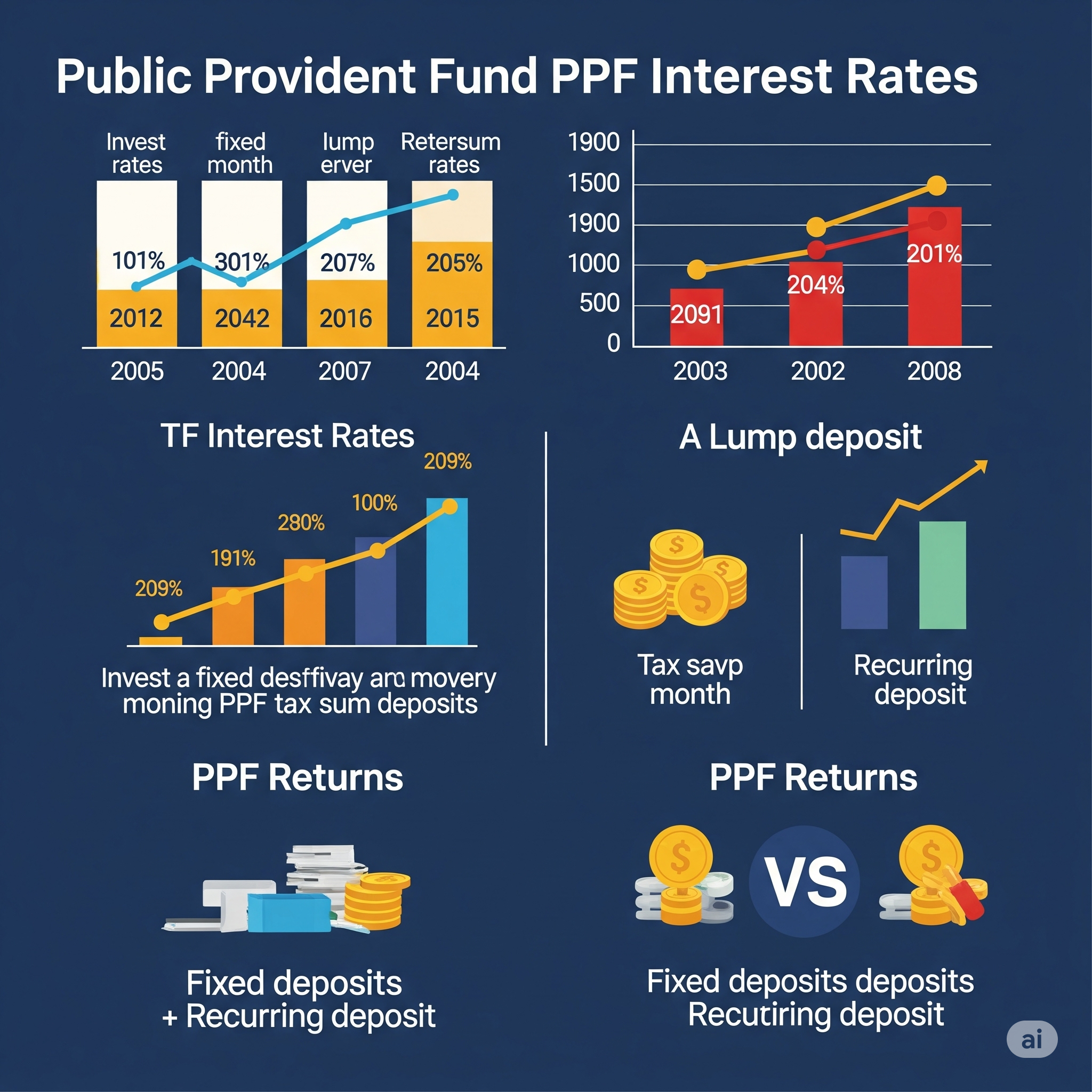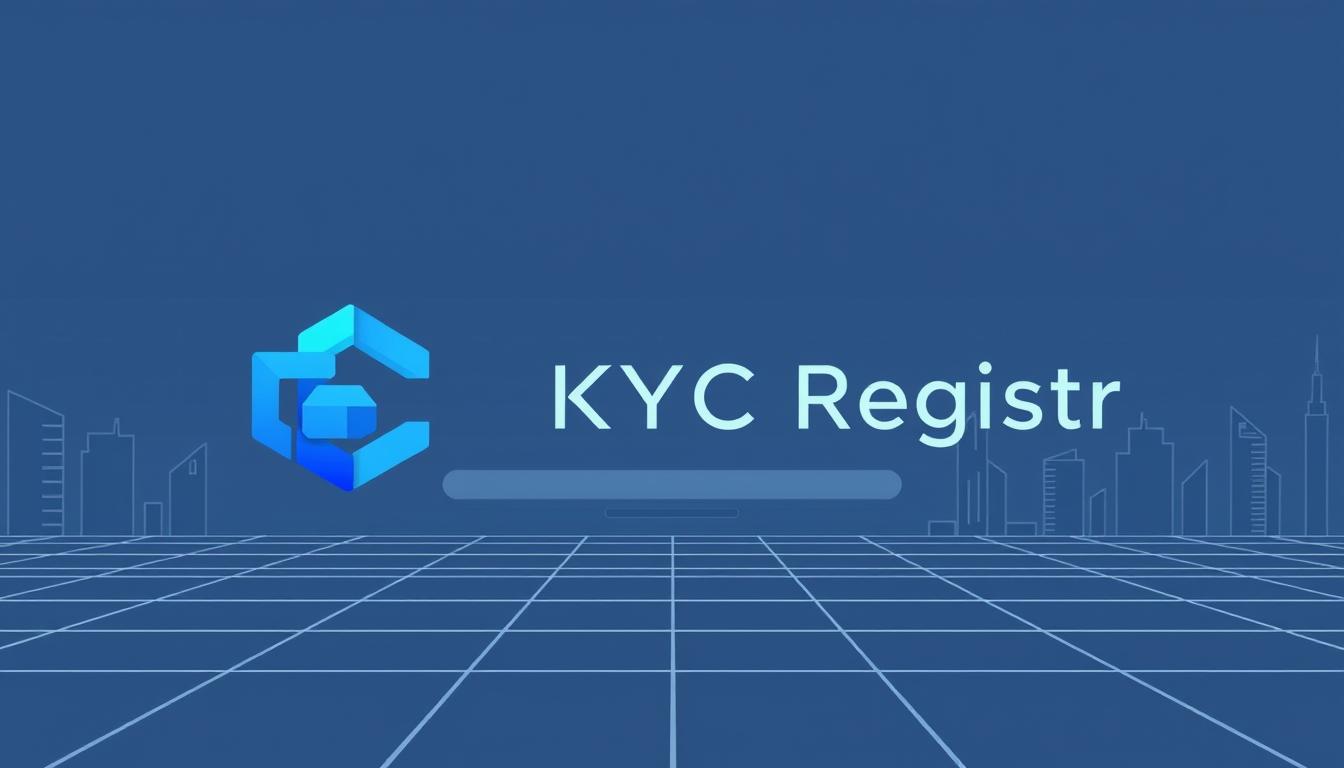Learning how to save income tax is key to lowering your tax bill in India. The old and new tax regimes have different rates and slabs. Choosing the right one can save you a lot. It’s important to know the basics of income tax saving and look into various strategies.
By using smart tax-saving strategies, you can cut down your tax bill. This way, you can keep more of your hard-earned money.
Key Takeaways
- Understanding the basics of income tax saving is key to lowering your tax bill.
- Choosing the right tax regime can help you save more.
- Exploring tax-saving strategies like ELSS funds and NPS contributions can reduce your tax bill.
- Using effective tax-saving strategies can help you save more money.
- Reducing your tax liability can be done by using tax deductions under Section 80C of the Income Tax Act.
- Popular tax-saving options like PPF contributions and Tax Saver Fixed Deposits can help you reach your financial goals.
Understanding the Basics of Income Tax Saving in India
Saving income tax is key to managing your finances in India. You need to know about taxable income, tax slabs, and rates. Taxable income includes your salary, investments, and other earnings. The tax rates change based on the tax regime you pick.
For example, earning Rs. 10 Lakhs means paying 30% in taxes under the old regime. But, it’s 20% under the new one. The old tax regime has specific tax brackets:
- Up to Rs. 2,50,000: 0%
- Rs. 2,50,000 – Rs. 5,00,000: 5%
- Rs. 5,00,000 – Rs. 10,00,000: 20%
- Above Rs. 10,00,000: 30%
The new tax regime has different brackets:
- Income up to Rs. 3 lakh: 0%
- Rs. 3 lakh to Rs. 7 lakh: 5%
- Rs. 7 lakh to Rs. 10 lakh: 10%
- Rs. 10 lakh to Rs. 12 lakh: 15%
- Rs. 12 lakh to Rs. 15 lakh: 20%
- Income above Rs. 15 lakh: 30%
Tax deductions and exemptions help a lot in saving taxes. For instance, you can deduct up to Rs. 1.5 Lakhs under section 80(C) for certain investments. Also, there are tax breaks for home loan interest and health insurance under sections 24(b) and 80D.
Key Tax-Saving Sections Under the Income Tax Act
The income tax act has many sections that help lower your taxes. These include deductions for investments, health insurance, and education loans. Let’s look at some important tax-saving sections:
Section 80C lets you deduct up to Rs. 1,50,000 for investments. Section 80D offers a deduction for health insurance premiums. And Section 80E allows a deduction for education loan interest. These can save you a lot of tax. It’s key to know what each section offers to save the most.
| Section | Deduction | Limit |
|---|---|---|
| 80C | Investments | Rs. 1,50,000 |
| 80D | Health insurance premiums | Rs. 25,000 |
| 80E | Education loan interest | Full deduction |
By using these tax-saving sections, you can cut down on your taxes. This means you’ll save a lot of money. Always talk to a tax expert to make sure you’re getting all the deductions you can. This way, you’ll save even more.
Essential Investment Options to Reduce Tax Liability
Investors in India have many ways to lower their taxes. These choices not only offer Section 80C deductions but also cut down taxable income. Key options include PPF, EPF, NPS, and tax-saving fixed deposits.
These investments are made to promote long-term savings and investments. This reduces the total tax paid. For example, PPF lets you deduct up to ₹1,50,000 under Section 80C. EPF offers the same deduction. NPS also has tax benefits, making it appealing to investors.
Public Provident Fund (PPF)
PPF is a well-liked choice that lets you deduct up to ₹1,50,000 under Section 80C. It has a 15-year lock-in period, making it a long-term investment.
Employee Provident Fund (EPF)
EPF is another option that allows a deduction of up to ₹1,50,000 under Section 80C. It’s a must for employees and has a 5-year lock-in period.
National Pension System (NPS)
NPS is a voluntary scheme that offers tax benefits. It has a 60-year lock-in period, making it a long-term investment.
Tax-Saving Fixed Deposits
Tax-saving fixed deposits also offer a deduction of up to ₹1,50,000 under Section 80C. They have a 5-year lock-in period, making them a medium-term investment.
Investors can pick from these options based on their financial goals and risk tolerance. It’s important to carefully look at each option. Consider the lock-in period, returns, and tax benefits before investing.
How to Save Income Tax Through Insurance Products
Insurance products are key for saving taxes in India. By investing in life and health insurance, you can get tax deductions. Early investments mean lower premiums, making it a smart way to save on taxes.
Some main benefits of using insurance for tax savings are:
- Reduced taxable income: You can deduct insurance premiums from your taxable income, lowering your taxes.
- Increased savings: Investing in insurance helps you save on taxes and secures your financial future.
- Flexibility: Insurance offers flexibility in premium payments, policy length, and coverage options.
Recent data shows that about 75% of families use insurance to secure their future and support dependents. Adding insurance to your financial plan can boost your savings and tax benefits.
To get the most tax savings from insurance, it’s important to know your options. This includes life insurance, health insurance, and ULIPs. By picking the right insurance and planning well, you can cut your tax bill and protect your finances.
| Insurance Product | Tax Benefit |
|---|---|
| Life Insurance | Deduction under Section 80C |
| Health Insurance | Deduction under Section 80D |
| ULIPs | Deduction under Section 80C and tax-free returns |
Maximizing House Property Benefits for Tax Savings
Homeowners in India can get big tax breaks on their house property. They can deduct home loan interest and principal repayment. They also get exemptions on rental income. It’s key to know the tax laws for house property.
For example, under Section 80C, you can deduct up to Rs 1.5 lakh annually on principal repayment. There’s an extra deduction of Rs 1.5 lakh under Section 80EEA for affordable housing loans. If the property value is below Rs 45 lakh. Both people in a joint home loan can claim tax benefits, doubling savings.
Home Loan Tax Benefits
The interest part of a home loan gets a deduction of up to Rs 2 lakh under Section 24(b). You can also deduct stamp duty and registration charges under Section 80C, up to Rs 1.5 lakh. Bajaj Housing Finance offers loans up to Rs 15 crore, with rates starting at 8.50% and EMIs as low as Rs 759 per lakh.
Rental Income Management
Rental income is taxed under “Income from House Property.” You can deduct municipal taxes, insurance premiums, and repair and maintenance costs. Keeping accurate records of income and expenses is vital for correct tax calculations.
Property Sale Considerations
When selling a house, long-term capital gains (LTCG) apply if held over 24 months. The tax rate is 20% with indexation. Short-term capital gains (STCG) apply for sales within 24 months, taxed based on your income tax slab. You can exempt LTCG by investing in another house or tax-saving instruments.
To get the most tax savings, consult a tax expert and keep up with tax laws. Knowing the tax benefits and exemptions helps reduce taxable income. This way, homeowners can maximize their investment in house property.
| Tax Benefit | Section | Limit |
|---|---|---|
| Home Loan Interest | Section 24(b) | Rs 2 lakh |
| Home Loan Principal | Section 80C | Rs 1.5 lakh |
| Rental Income Exemption | Section 24 | Varies |
Strategic Tax Planning for Salaried Employees
For salaried employees, tax planning is key to cut down taxable income and boost tax savings. It’s vital to know about tax deductions and tax exemptions in the Income Tax Act. By planning investments and expenses wisely, employees can lower their tax bill. The new tax rates include 0% for income up to ₹3,00,000 and 5% for income between ₹3,00,001 and ₹7,00,000.
Some important points for tax planning are:
- The standard deduction for salaried individuals has gone up from ₹50,000 to ₹75,000.
- Contributions to the National Pension System (NPS) by employers can be deducted up to 14% of basic salary.
- The tax on Short-Term Capital Gains (STCG) for equity investments has increased from 15% to 20%.
By using these tax deductions and tax exemptions, salaried employees can cut their tax bill and increase tax savings. It’s wise to talk to a tax expert to craft a tailored tax planning plan.
Good tax planning can lead to saving up to ₹17,500 compared to the old tax rules. By grasping the new tax rates and tax deductions and tax exemptions, employees can make smart choices about their investments and expenses. This helps in reducing their tax liability.
Smart Tax-Saving Options Under the New Tax Regime
The new tax regime offers many ways to save on taxes. It provides benefits that can lower what you owe. It’s important to compare the old and new regime benefits to pick the best one for you.
Looking at the new tax regime, you’ll find tax-saving options. For example, you can deduct up to Rs 1.5 lakh under Section 80C. Also, investing in the Public Provident Fund (PPF) and National Pension System (NPS) can give you tax breaks under Section 80CCD(1B).
Comparing Old vs New Regime Benefits
The old and new regimes have different perks. The new regime has lower tax rates but fewer deductions. The old regime has more deductions but higher taxes.
Choosing the Right Regime for Your Profile
To pick the right regime, think about your income, expenses, and investments. Consider tax-saving options like health insurance premiums under Section 80D. Also, look into schemes like Sukanya Samriddhi Yojana (SSY) and Senior Citizen Savings Scheme (SCSS) for higher interest and tax benefits.
Optimization Strategies for New Regime
To save taxes under the new regime, plan your investments and expenses well. Think about tax-saving options like tax-saving fixed deposits and equity-linked savings schemes (ELSS) under Section 80C. Also, consider the benefits of the National Pension System (NPS) and Pradhan Mantri Vaya Vandana Yojana (PMVVY).
| Tax-Saving Option | Tax Benefit |
|---|---|
| Section 80C | Up to Rs 1.5 lakh |
| Section 80D | Up to Rs 25,000 |
| Section 80CCD(1B) | Up to Rs 50,000 |
Common Tax-Saving Mistakes to Avoid
Many people make tax-saving mistakes that cost them money. One big error is rushing into last-minute investment pitfalls. This happens when they invest in tax-saving plans without doing their homework.
Another mistake is documentation errors. This includes not keeping good records of investments, donations, or other things you can deduct. Without these records, you might miss out on deductions and end up paying more in taxes.
To avoid these mistakes, it’s key to plan ahead and get help when you need it. Here are some tips to remember:
- Start planning early to avoid last-minute investment pitfalls
- Maintain accurate records of all tax-deductible expenses
- Take advantage of all available deduction opportunities
By knowing these common tax-saving mistakes and how to avoid them, you can save more money. This way, you can keep more of your hard-earned cash.
Advanced Tax Planning Strategies for High-Income Earners
High-income earners need advanced tax planning to cut down their taxes. They can use tax strategies for investments, business income, and more. This way, they can lower their taxable income and save more on taxes.
Using deductions and exemptions is a big part of advanced tax planning. For example, saving in a 401(k) or IRA can lower your taxable income. High-income earners can also use tax strategies like tax-loss harvesting. This lets them use losses to offset other income.
Some other advanced tax planning strategies for high-income earners include:
- Utilizing pass-through entities to bypass corporate taxes
- Investing in index mutual funds or ETFs to minimize taxable events
- Donating to charitable organizations through donor-advised funds or qualified charitable distributions
It’s key for high-income earners to talk to a tax pro. They can create a custom advanced tax planning plan. This plan will include these tax strategies and others.
By using these advanced tax planning strategies, high-income earners can save more on taxes. This helps them reach their financial goals.
| Tax Planning Strategy | Benefits |
|---|---|
| Tax-Loss Harvesting | Offset capital gains, reduce tax liability |
| Donor-Advised Funds | Immediate tax deduction, flexible donation timing |
| Qualified Charitable Distributions | Tax-free charitable donations, reduced taxable income |
Conclusion: Building an Effective Tax-Saving Strategy
To save a lot on taxes, you need a smart plan. Knowing how to save on taxes, invest wisely, and plan well is key. This lets you make a plan that fits your financial needs.
Start by using all the tax breaks you can. Also, use insurance to your advantage. And, choose investments that help you save on capital gains. With careful planning, you can cut down your taxes and keep more money.
Creating a good tax-saving plan is the first step to financial success. It helps you build wealth over time. So, stay focused on your tax strategy to achieve your financial goals.
FAQ
What are the different tax regimes in India?
What are the key tax-saving sections under the Income Tax Act?
What are the essential investment options to reduce tax liability?
How can insurance products help save income tax?
What are the key tax-saving strategies for salaried employees?
What are the common tax-saving mistakes to avoid?
What are the advanced tax planning strategies for high-income earners?
Source Links
- 7 last-minute investment strategies to save taxes before FY 2024-25 ends – https://www.indiatoday.in/business/story/7-last-minute-investment-strategies-to-save-taxes-before-fy-2024-25-ends-2665542-2025-01-16
- Deductions under Chapter VI-A for Salaried Employees – https://cleartax.in/s/deductions-for-salaried-employees
- How to Save Tax For Salary of 10 Lakhs? | HDFC Life – https://www.hdfclife.com/insurance-knowledge-centre/investment-for-future-planning/how-to-save-tax-for-salary-of-10-lakhs
- Understanding Income Tax Eligibility in India | Bajaj Finance – https://www.bajajfinserv.in/understand-income-tax-eligibility
- How to Save Income Tax in India for FY 2024-25? – https://www.godigit.com/income-tax/how-to-save-income-tax-in-india
- Tax Planning for Salaried Employees in India for 2025 – https://cleartax.in/s/tax-planning-for-salaried-employees
- Best Tax Saving Investment Options in 2025 – https://tax2win.in/guide/tax-saving-investments
- Tax Hacks for 2025: 4 Easy Ways to Keep More of Your Money – https://www.investopedia.com/best-tax-hacks-8775584
- ELSS Funds: Cut Taxes and Grow Your Wealth Efficiently – https://mutualfund.adityabirlacapital.com/blog/elss-funds-tax-saving-growth
- Section 37 Of Income Tax Act For Employer-Employee Insurance – https://www.onsurity.com/blog/section-37-of-income-tax-act/
- Why Insurance and Investments Are the Perfect for Your Financial Future – https://www.hdfclife.com/insurance-knowledge-centre/ulip-guide/why-insurance-and-investments-are-the-perfect-for-your-financial-future
- Tax planning for first-time home buyers: Maximise your savings – https://m.economictimes.com/wealth/borrow/loan/home-loan/tax-planning-for-first-time-home-buyers-maximise-your-savings/articleshow/117416859.cms
- Capital Gains Tax on the Sale of Property – https://cleartax.in/s/capital-gain-tax-on-sale-of-property-shares-gold
- 15 Income Tax Rule Changes in 2024 That Will Impact Your ITR Filing in 2025 – https://1finance.co.in/blog/15-income-tax-rule-changes-in-2024-that-will-impact-your-itr-filing-in-2025/
- Tax Planning Strategies for High Income Earners | The Private Office – https://www.theprivateoffice.com/resources/guides/tax-planning-strategies-high-income-earners
- Thing you need to do before 31 March 2025 | 5paisa – https://www.5paisa.com/blog/thing-you-need-to-do-before-31-march
- Smart Financial Planning: Your Guide to Financial Success – https://www.hdfclife.com/insurance-knowledge-centre/investment-for-future-planning/smart-financial-planning
- 7 Common Tax Mistakes to Avoid – https://bradyware.com/avoid-common-tax-mistakes/
- A Handy Guide to Section 139(9) of the Income Tax Act and Tax Filing | Bajaj Finance – https://www.bajajfinserv.in/section-139-9-income-tax-act
- Common errors and solutions in GSTR-3B – https://cleartax.in/s/gstr-3b-common-errors-solutions
- Top 8 Year-End Tax Tips – https://turbotax.intuit.com/tax-tips/tax-planning-and-checklists/top-8-year-end-tax-tips/L5szeuFnE
- 7 Effective Tax Optimization Strategies for High-Net-Worth Individuals – https://www.heffgroupfs.com/blog-01/7-effective-tax-optimization-strategies-high-net-worth-individuals
- 5 Effective Tax-Saving Strategies to Maximize Your Financial Benefits – https://multanitax.ca/5-effective-tax-saving-strategies-to-maximize-your-financial-benefits/
- 5 Simple Strategies To Save $20,000 On Your Taxes, Legally – https://www.forbes.com/sites/shaharziv/2025/01/15/5-simple-strategies-to-save-20000-on-your-taxes-legally/









